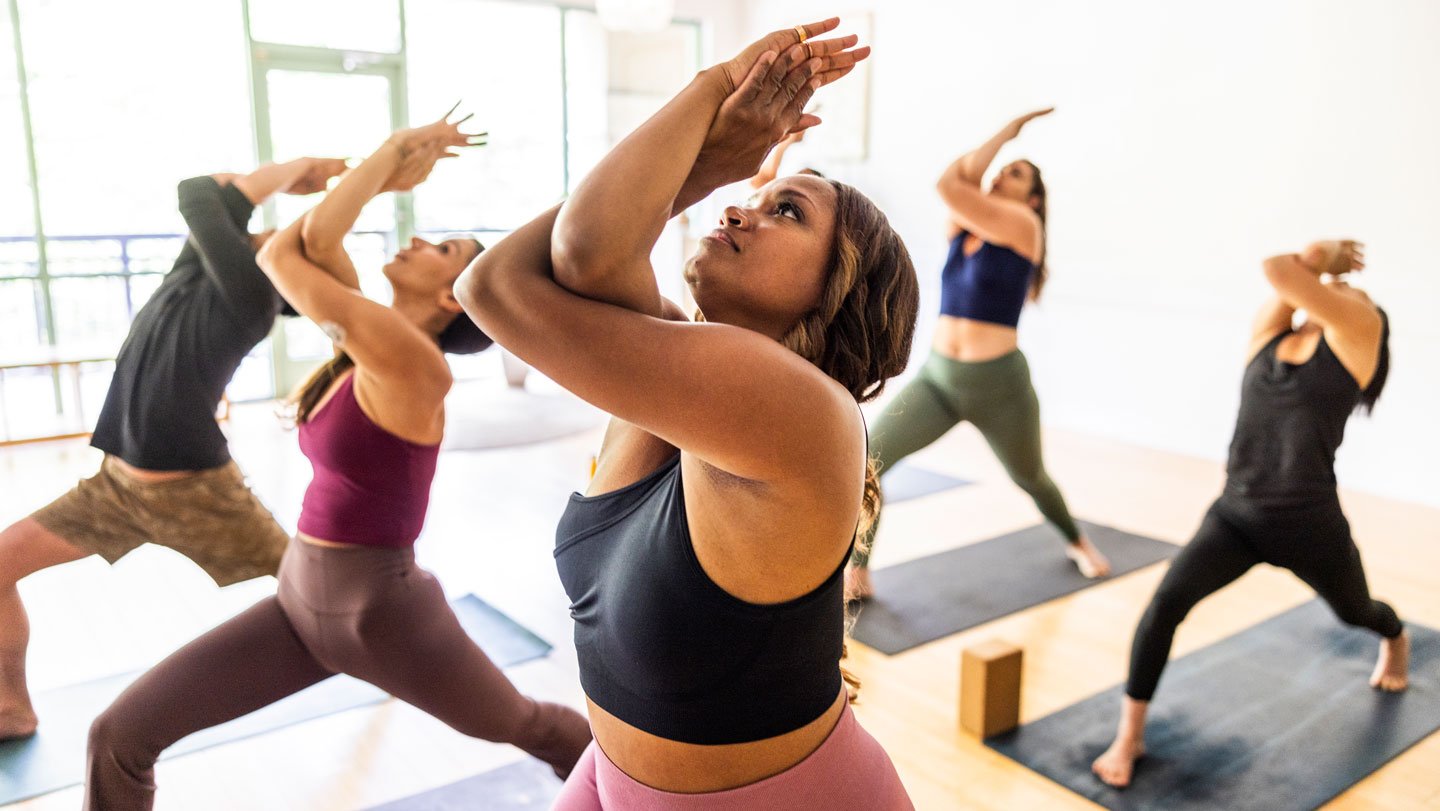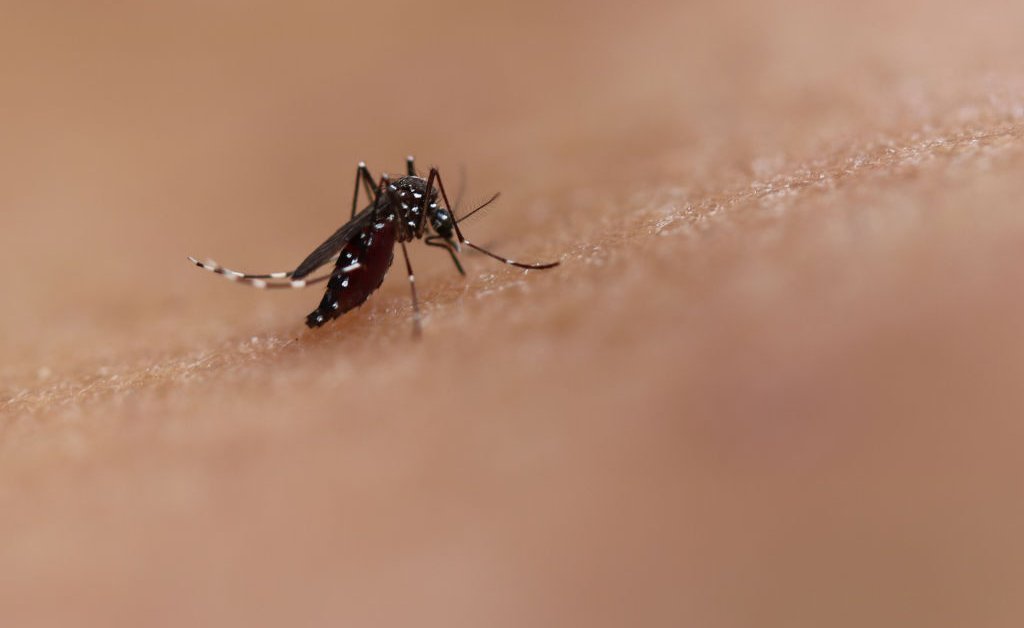
High-intensity yoga for less than 30 minutes, twice a week, may be the best workout routine for catching high-quality shut-eye, a new study shows. But before people jump on the yoga trend, researchers say more experiments are needed to confirm the study’s findings.
While exercise in general is known to improve sleep, a meta-analysis published July 11 in Sleep and Biological Rhythms presents a broad comparison of exercise routines and their influence on sleep quality. By indirectly comparing 30 trials from about a dozen countries, researchers at Harbin Sport University in China ranked how well different exercise methods influence sleep.
Yoga won out, followed by walking, resistance training and aerobic exercise.
While sleep disorders can be treated with cognitive behavioral therapy or sleeping pills, these interventions don’t work for everyone. “Medications are helpful in the short-term, but some of them have negative effects on the elderly,” says Saurabh Thosar, a sleep researcher at the Oregon Institute of Occupational Health Sciences in Portland.
Exercise offers an alternative, but it’s tough to tell which routine is best, making it unclear how best to prescribe it. Trials that investigate this question tend to include one or two types of exercise differing in factors such as how hard, how often or how long they were performed for. Given the global prevalence of sleep problems such as insomnia, which recent estimates say affects about 16 percent of people worldwide, there is a pressing need to find the best exercise to prescribe for a good night’s snooze.
For the new meta-analysis, each of the 30 trials assessed how well an individual workout method improved sleep compared with no exercise. The researchers ranked all the studies by the magnitude of this effect. Then they performed similar rankings based on properties such as intensity and duration rather than the type of exercise.
The team argues that yoga improves sleep because the controlled breathing exercises associated with it activate the parasympathetic nervous system, lowering heart rate and promoting relaxation. Thosar agrees, speculating that yoga might also help relieve arthritic pain, making it easier to sleep through the night.
The most surprising finding was that shorter sessions, less than 30 minutes, were better, even though previous studies found that longer sessions — up to 60 minutes — help with hitting the pillow. The researchers speculate that longer sessions might increase levels of the “stress hormone” cortisol, keeping people wide awake.
It’s important to factor in when people exercise. “If someone were to do some exercise earlier in the day, not right before bedtime, there can be some elevations in cortisol,” but it won’t remain raised until the evening, says Justin Thomas, a sleep specialist at the University of Alabama at Birmingham.
Assessing how widely applicable high-intensity yoga is to everyone is difficult because the meta-analysis compared trials involving different age-groups. “Some kinds of interventions may work well for someone who is in their 30s but be more difficult for someone who is in their 80s,” says Arsenio Páez, a sleep researcher at Concordia University in Montreal. For example, elderly, sedentary people may benefit more from a low-intensity session than young athletes would, Páez says.
To confidently determine which exercise regimen is optimal for sleep, scientists will need to build on this meta-analysis by directly comparing regimens. This could involve a controlled trial where participants are carefully chosen based on factors such as sex and fitness history. “We really need to look more at the differences between how men and women respond,” Páez says, as there are sex differences in sleep disorders such as insomnia.
For now, experts recommend that people exercise according to their preference and practicality, as exercise seems to benefit sleep and health in general. “If a patient comes into my clinic and for some reason can’t do yoga, but they can walk, then I would still encourage walking rather than doing nothing,” Thomas says.
Source link




